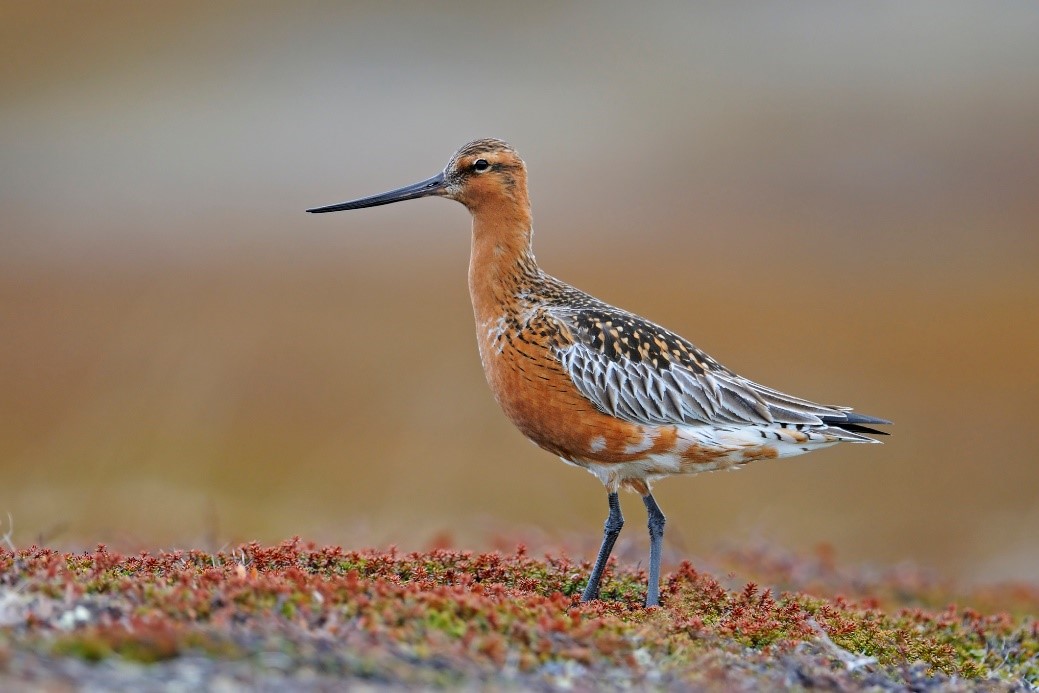7667766266
enquiry@shankarias.in
Recently, the naturalist spotted a 5 bar-tailed godwits at Pulicat lake in Andhar Pradesh.

References
Recently, a suspected case of Japanese Encephalitis Virus was reported in Bindapur, New Delhi.
24 countries in the World Health Organisation (WHO) South-East Asia and Western Pacific Regions have endemic JEV transmission, exposing more than 3 billion people to risks of infection.
References
The Prime Minister recently inaugurated the International Cooperative Alliance (ICA) with Bhutan for the upcoming Gelephu Mindfulness City project.
References